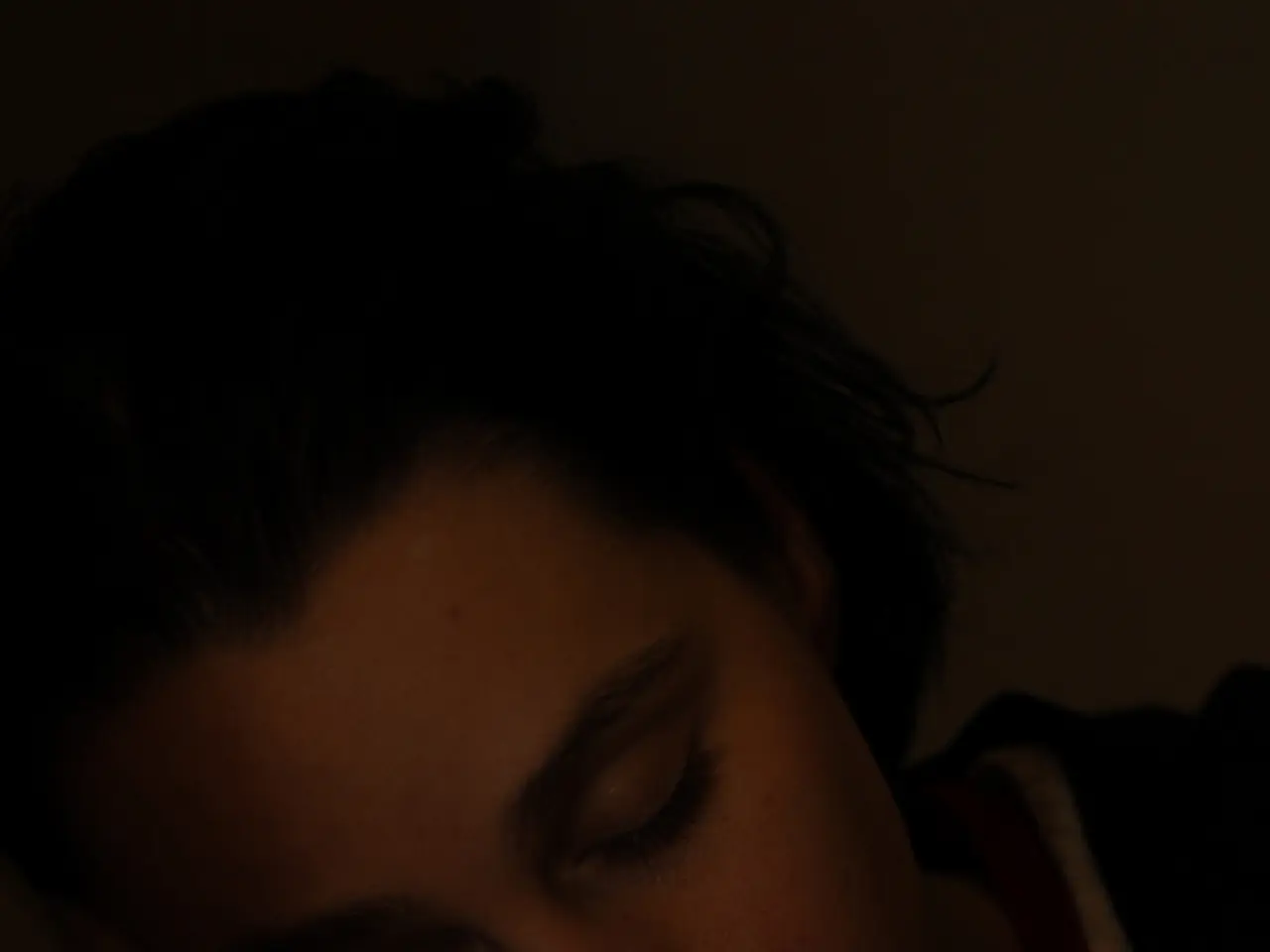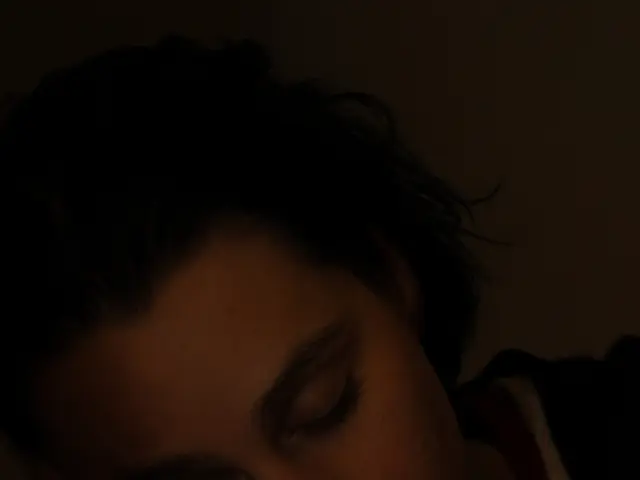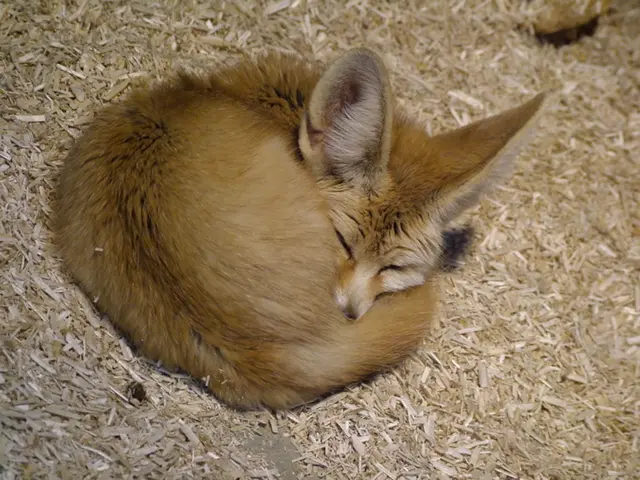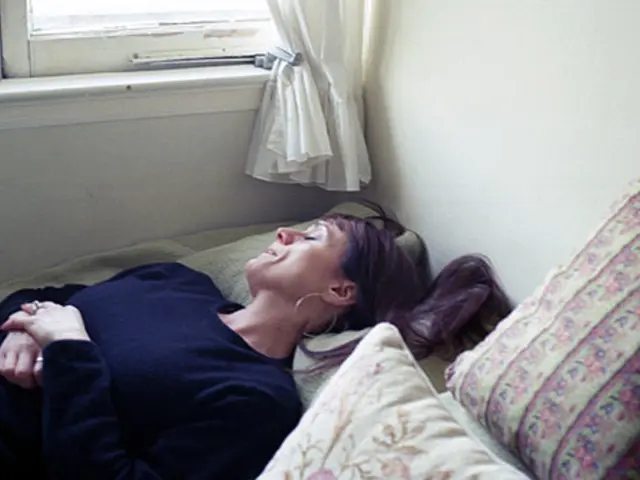Twitching While Falling Asleep - Normal or Concerning? - Understanding Hypnic Jerks: Common Sleep Twitches and How to Manage Them
Hypnic jerks, sudden twitches as you're falling asleep, are common but can be mistaken for other conditions. They usually affect one side of the body and are not dangerous. However, if accompanied by other concussion symptoms, consult a doctor.
Hypnic jerks often occur when transitioning from wakefulness to sleep, with factors like caffeine, nicotine, stress, and late-night activity increasing their likelihood. They can be accompanied by dream-like sequences, bright lights, or loud noises, and may wake the person or be noticed by their sleep partner.
To prevent hypnic jerks, avoid stimulants like caffeine and nicotine, ensure relaxation before sleep through activities like reading or meditation, and maintain a consistent sleep schedule. With age, these twitches may become more frequent due to the brain and body finding it harder to relax, especially during stressful times.
Hypnic jerks are common, usually harmless, and can be managed by avoiding stimulants, ensuring relaxation before sleep, and maintaining a healthy sleep routine. If accompanied by other concussion symptoms, consult a healthcare professional.
Read also:
- Minister Chouhan Visits MP, Assures Soybean Compensation, Pledges Tuberculosis-Free Sehore
- Young Adult Lifestyle Choices Shape Heart Health Decades Later
- Amrum: A Tale of Love and War Hits Cinemas on 9.10.2025
- Top Superfoods for Hormonal Health: Avocados, Berries, Flaxseeds, Turmeric, and Cruciferous Veggies






